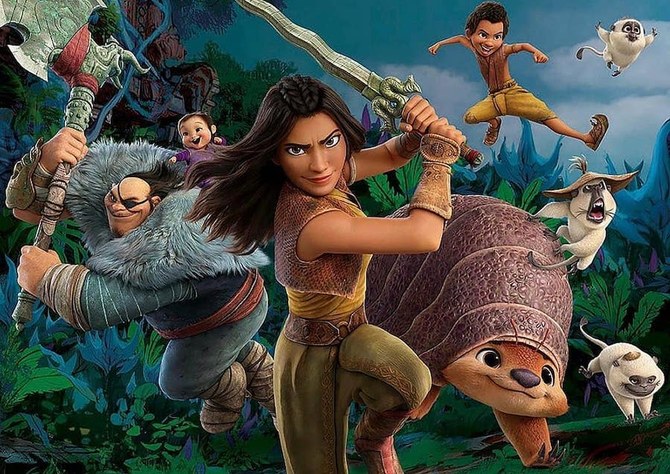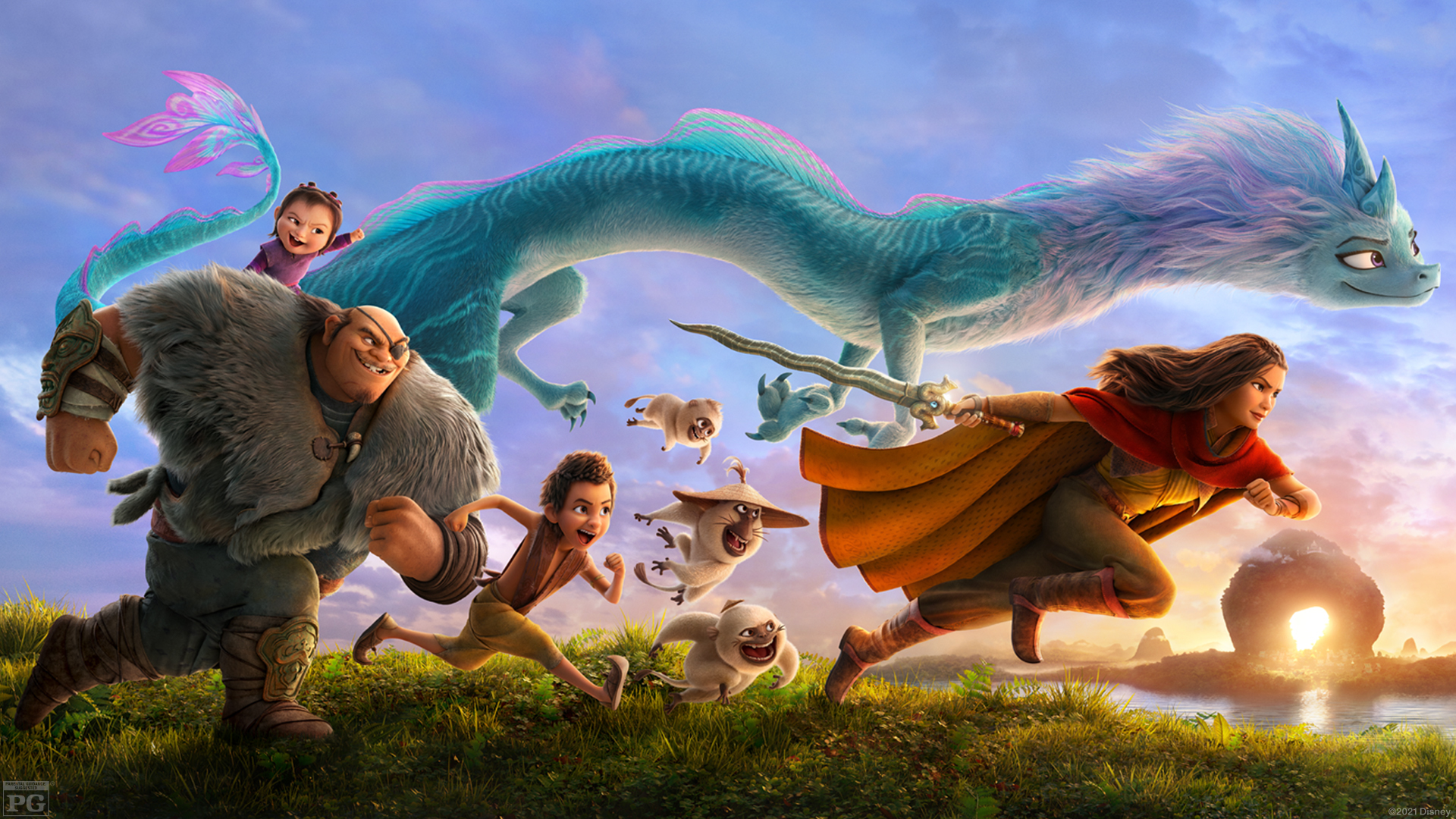

The two girls have a lot in common, not the least of which is that they are the children of single parents. Meanwhile, his teenage daughter, Raya, has just passed a warrior test arranged by her father so she can join him at his side to protect the mystical gem.Īt the feast arranged for the five leaders, Raya befriends Namaari, the teenage daughter of the female leader of Fang.

So, he invites the four other leaders of the five realms to do just that. He optimistically, honestly and perhaps naively believes that the people can unite again in peace and harmony.

He guards the dragon gem the five dragons left behind, but he believes the five lands need to stop fighting and unite once again before they destroy each other. Now, 500 years later, the people have become divided into five different lands, named after the body parts of a dragon, Tail, Talon, Spine, Fang, and Heart. Five powerful dragons used their mystical power to create a dragon gem and then sacrificed themselves to save humanity, but one may have survived. Then, an evil force of fiery purple smoke monsters called the Druun threatened the land, turning people and dragons to stone. The movie is set in the fantasy world of Kumandra, where more than 500 years ago, humans lived in harmony with each other and also with mystical dragons who created rain and water for the humans. RAYA AND THE LAST DRAGON is an exciting, touching, funny fantasy adventure with a redemptive, moral premise, but it has a strong Non-Christian, pagan worldview about mystical dragons. Even if it were, there's nothing to suggest that they would follow the customs of that area as it is today.RAYA AND THE LAST DRAGON is an animated fantasy adventure from Disney about a young woman warrior who must track down the legendary last dragon to restore her fractured land and its divided people and save them from an evil force. Though this would, of course, assume that Kumandra is in what is known today as South East Asia. So Raya would call Tong "Uncle Tong", Boun would call Raya "Sister Raya", and Raya would address deity-ish Sisu as "Master Sisu" or "Lady Sisu". In Asian cultures usually you would address people using familial relationship: you would call a person who is around your age or slightly older than you with "brother/sister", person who is in the range of your parent's age with "uncle/auntie", person who is older than that with "grandpa/granny", and revered/high status/deity figure with something like "master/lord/lady". In South East Asian cultures in particular and Asian cultures in general, it's considered very rude to address people who are older or in higher status than you with only their names, such as when Raya calls Tong or Boun calls Raya or Raya calls Sisu (a deity-like figure) with their names only.


 0 kommentar(er)
0 kommentar(er)
